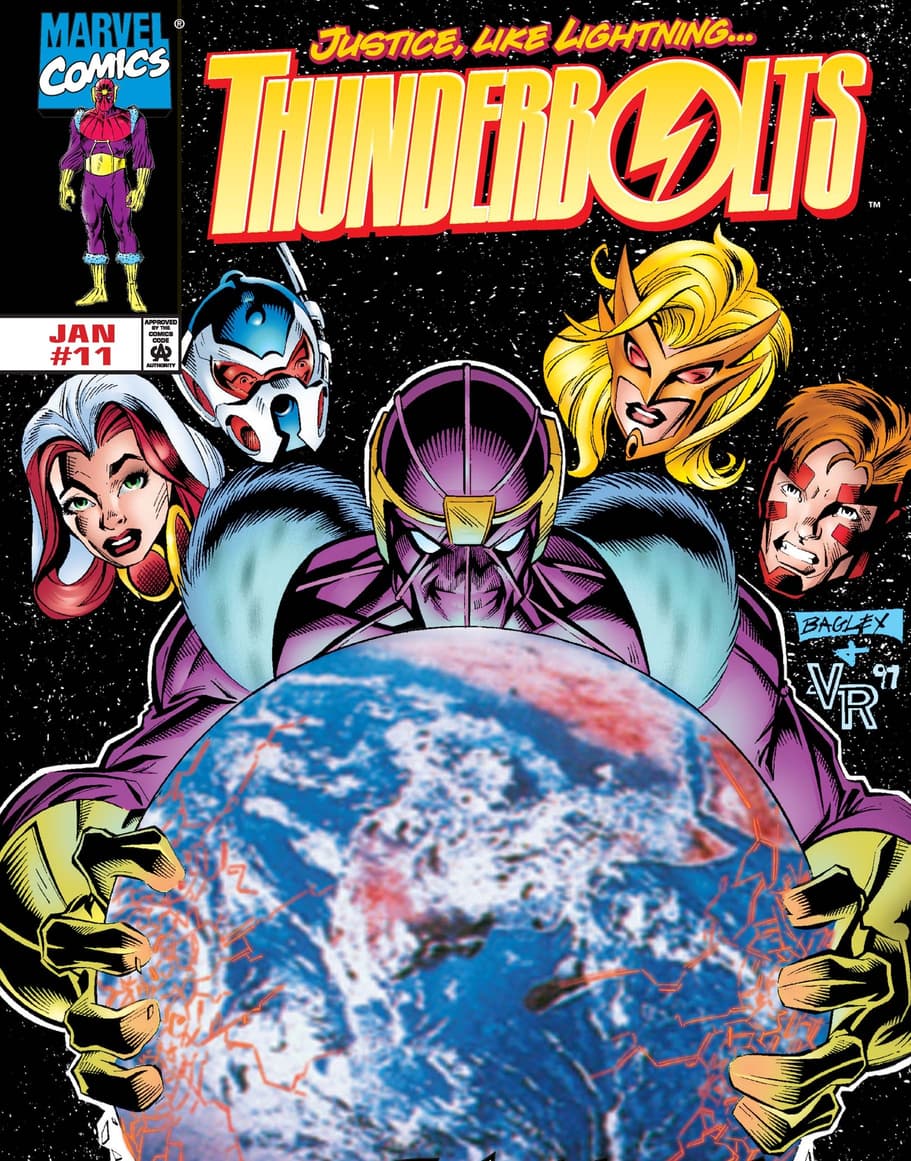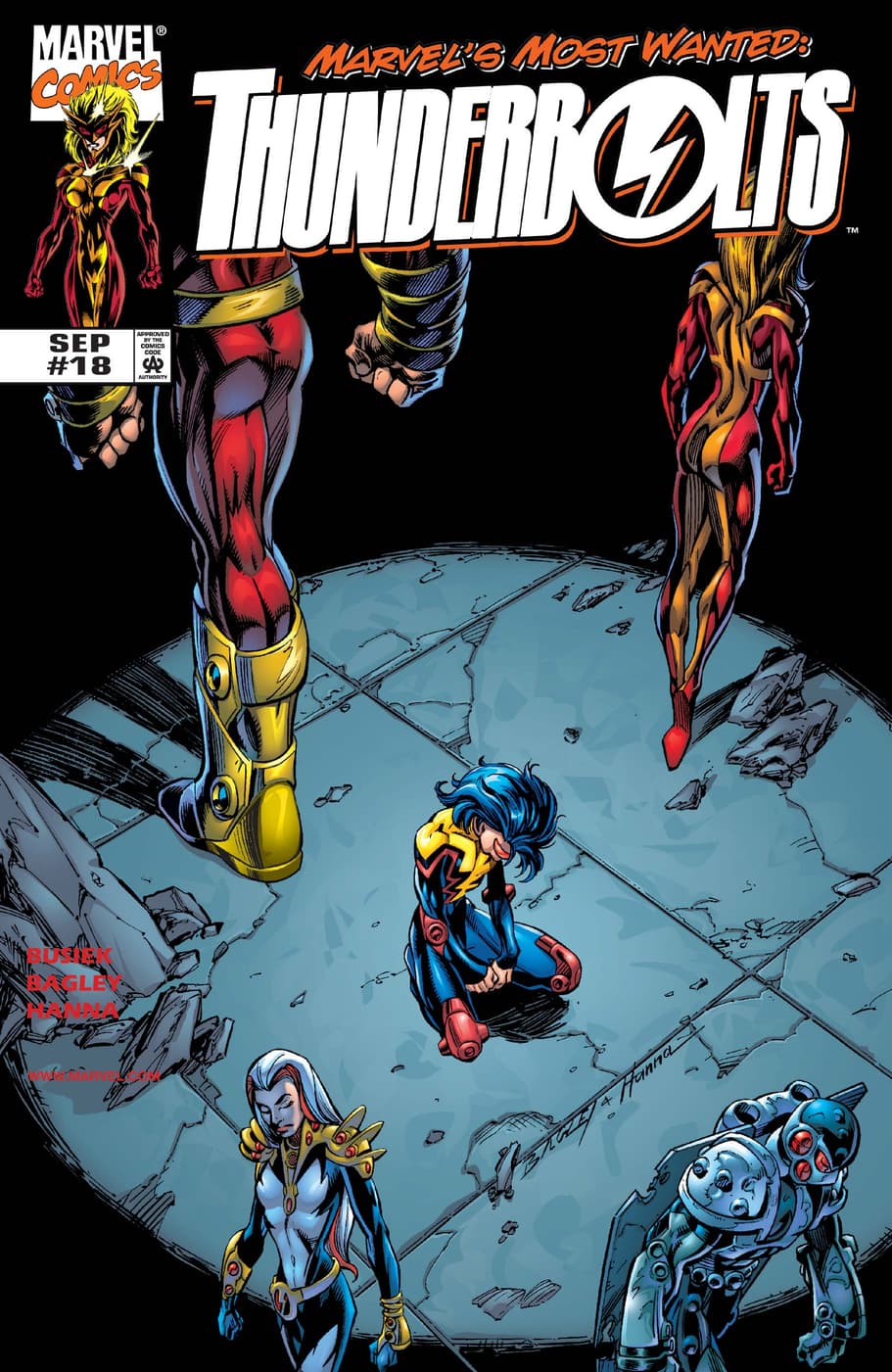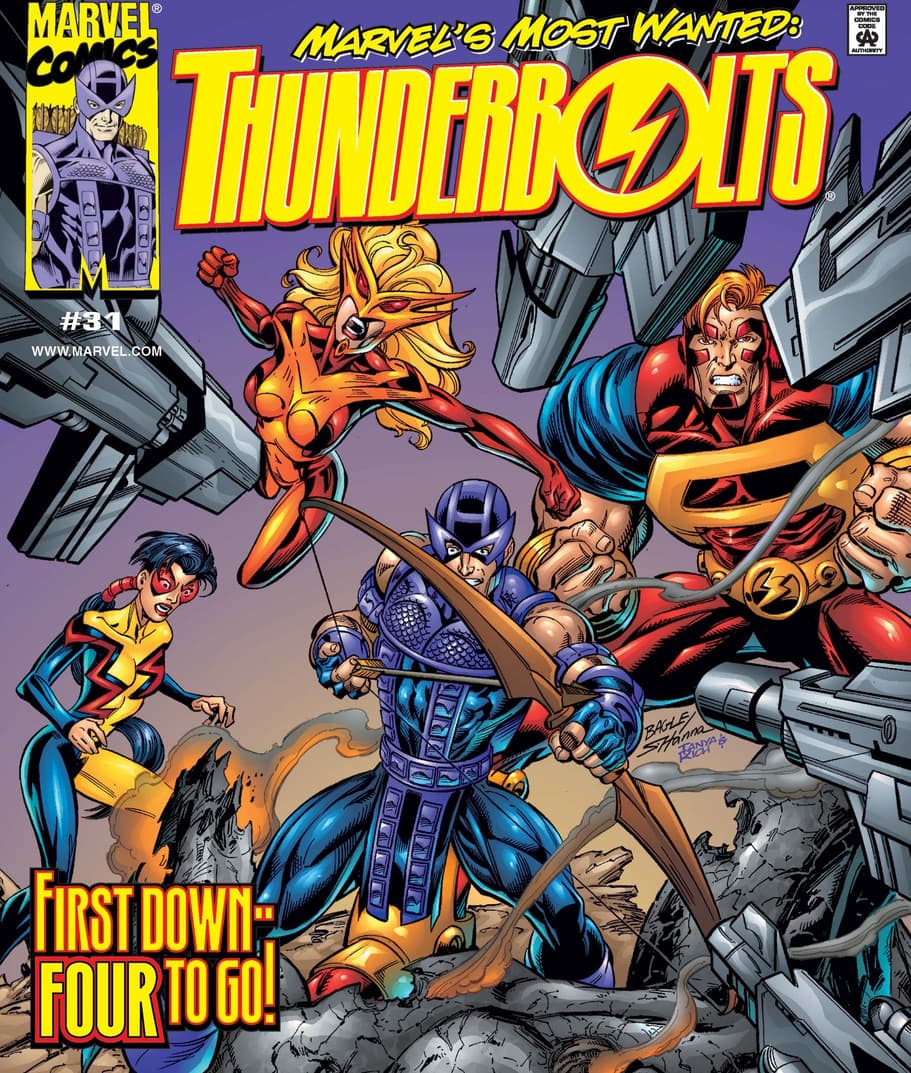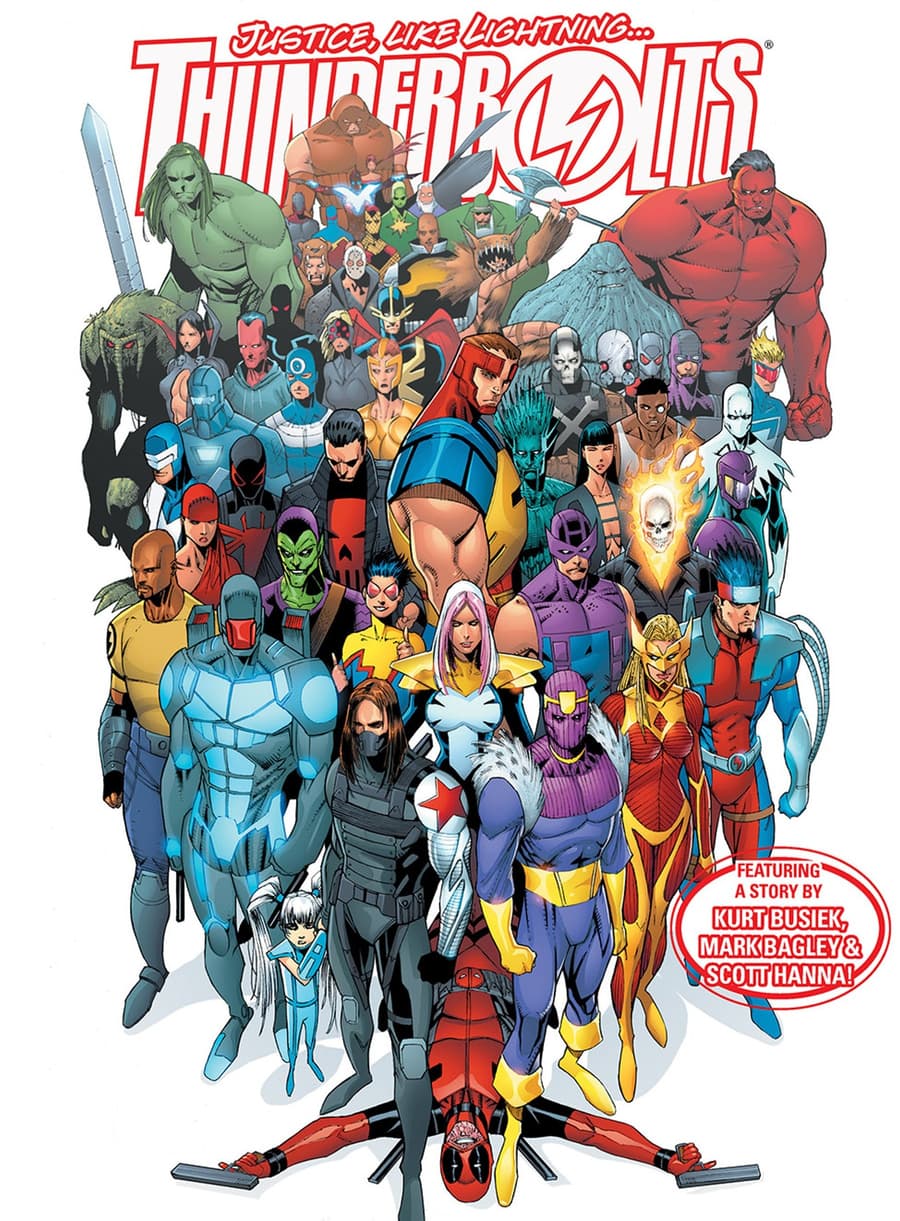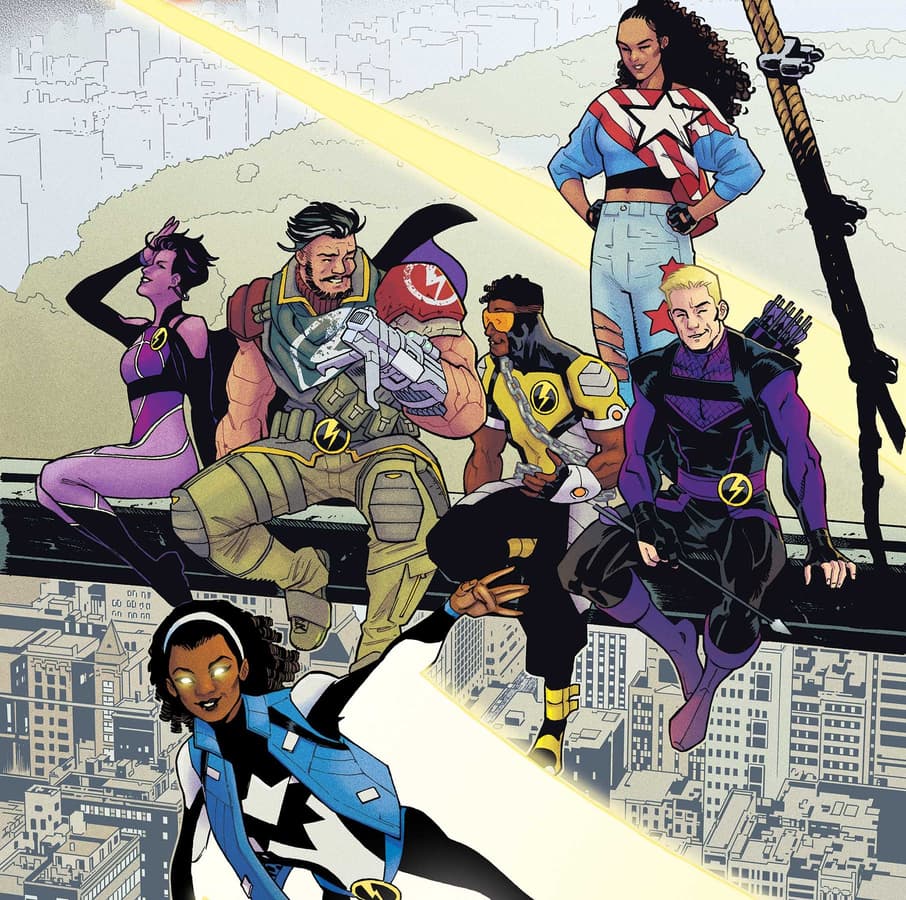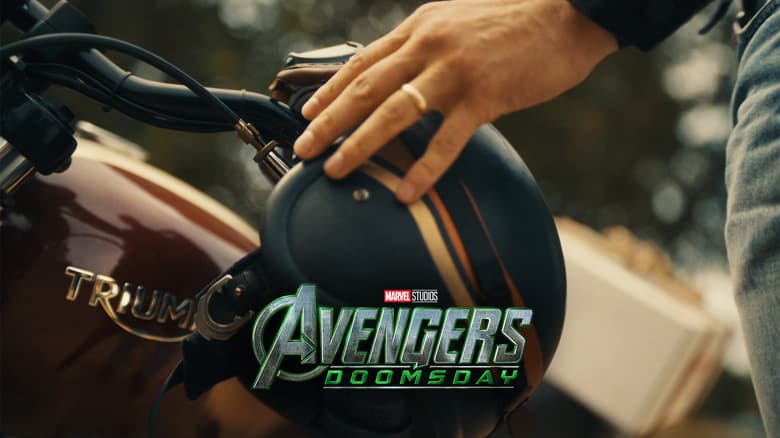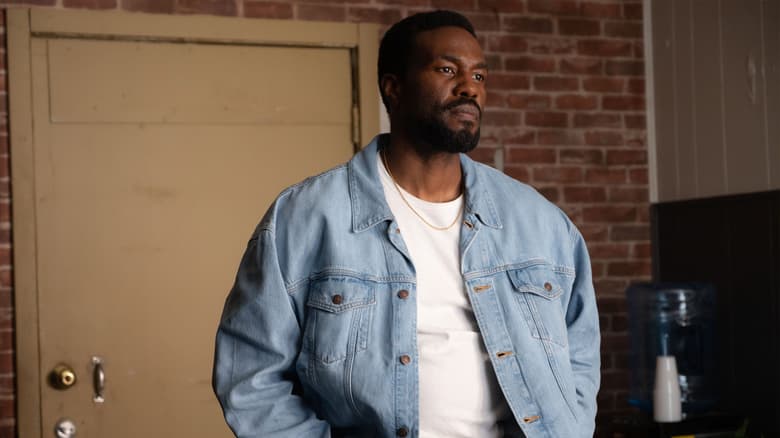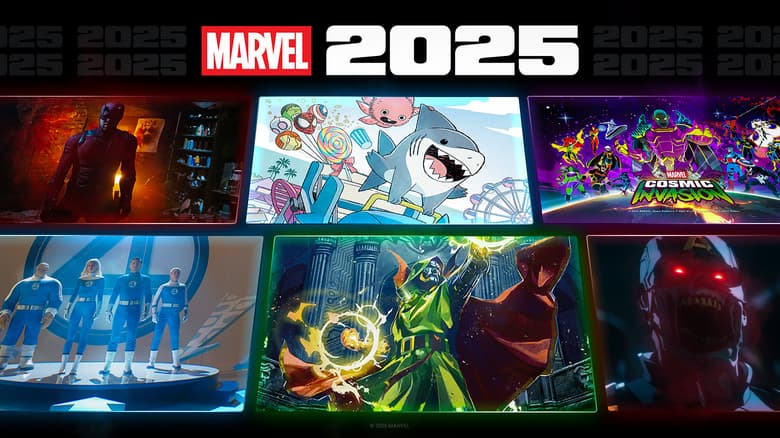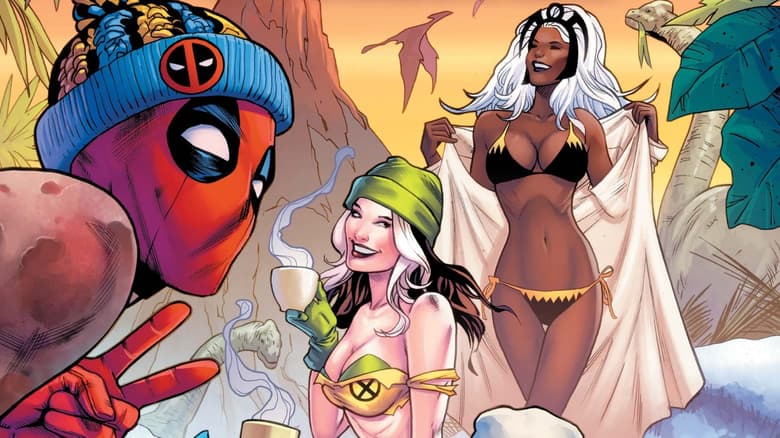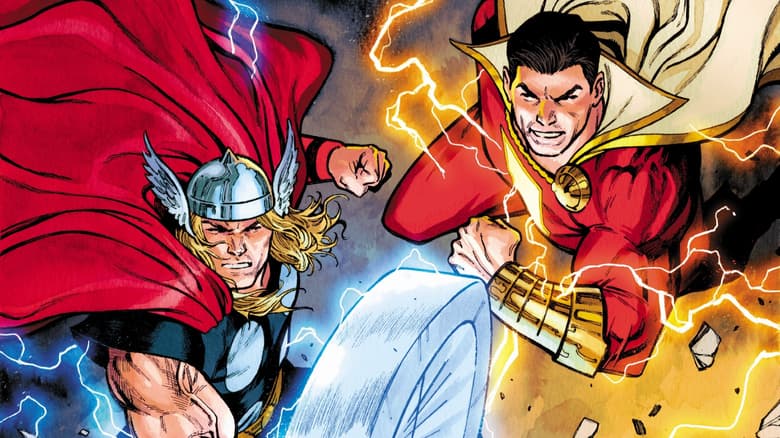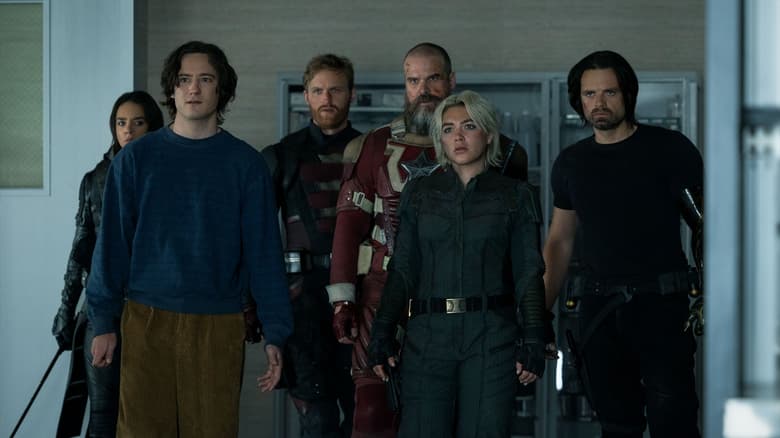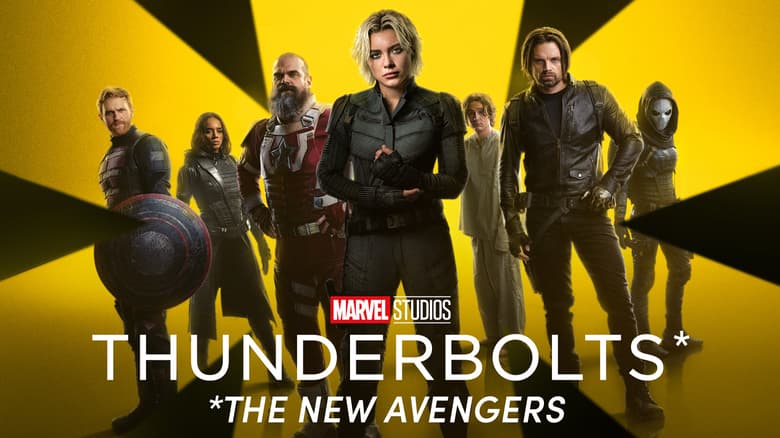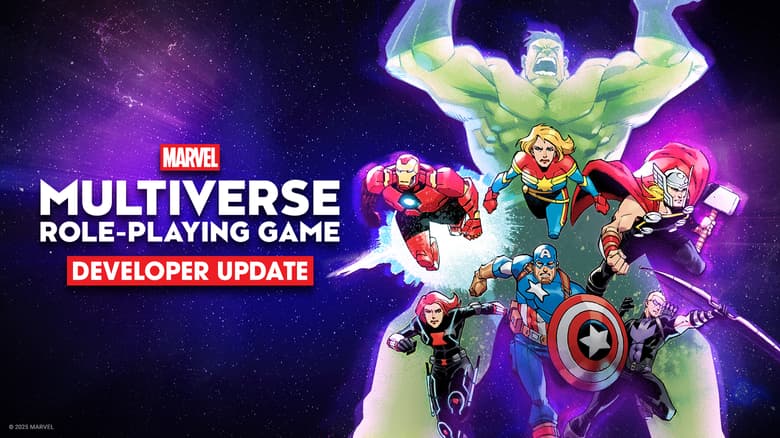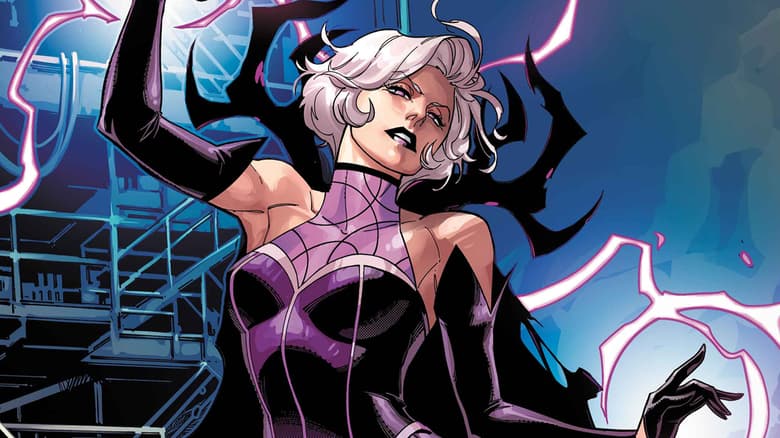The Thunderbolts: A Super Team Unlike Any Other
Who are the Thunderbolts? Read on to learn more about this group of supervillains masquerading as super heroes!
A super hero team made up of supervillains? It doesn't sound like a ploy with staying power, but it's one that's endured since the Thunderbolts first debuted in 1997’s INCREDIBLE HULK (1962) #449. After the Marvel Universe’s greatest heroes appeared to die during the Onslaught incident, Baron Zemo concocted a devious plan to take advantage of the resulting chaos by disguising his Masters of Evil as super heroes. While the ruse didn’t last forever, the concept of the team did, and the Thunderbolts have existed in one form or another ever since. Let’s take a look at the Thunderbolts’ past, present, and future!
After bowing in INCREDIBLE HULK (1962) #449, the Thunderbolts launched right into their own series with THUNDERBOLTS (1997) #1 by Kurt Busiek and Mark Bagley. Their secret identities remained a mystery until the very end of their oversized first issue, where Zemo laid out his villainous endgame. Under the mantle of Citizen V, a legacy title taken from 1940s freedom fighter John Watkins, Zemo recruited the following villains to his cause: Beetle (Abe Jenkins), Fixer (Norbert Ebersol), Goliath (Erik Josten), Moonstone (Karla Sofen), and Screaming Mimi (Melissa Gold).
For the purposes of Zemo’s deception, these Masters of Evil took on new identities. Jenkins became MACH-1, while Fixer used the name Techno and Josten took up Atlas as his alias. Additionally, Sofen went by Meteorite and Gold became Songbird. Inspired by his fond memories of Nazi Germany, Zemo named his team the Thunderbolts, although he publicly claimed he took it from a poem by 17th century poet Thomas Randolph. Together, they hoped to win the trust and affection of the public, so that the authorities might give them access to funds, classified information, and certain security clearances.
Zemo’s plan worked – for a little while, at least. After saving Franklin Richards’ life, city officials allowed the Thunderbolts to move into Four Freedoms Plaza. They were gifted a Thunderjet bought with public funds and donations. As they defeated supervillains like the Enclave and a new Masters of Evil team (a slight they took personally), their popularity skyrocketed, and they became New York City’s most beloved heroes in the absence of both the Avengers and the Fantastic Four.
However, over time, Zemo’s charade became a little too effective. As it turned out, some members of the Thunderbolts actually preferred being heroes. Gold, Jenkins, and Josten embraced their new heroic roles wholeheartedly. This change of heart was encouraged by Sofen, who believed Zemo’s goals for conquest were shortsighted in comparison to a longtime con filled with smaller, illicit gains and sought to undermine him. The addition of teenage super hero Jolt (Helen Takahama) to the team further solidified their trend towards true heroism, as the rest of the group was forced to keep up their disguises in private as well as in public.
Once Zemo had access to all the information and money he wanted, he turned on the Thunderbolts. He revealed their true identities to the public, blew up their base at Four Freedoms Plaza, and forced them to flee – leaving Takahama behind in the process. He convinced the others to continue following him on two principles: that the public would never trust them again, and that the criminal underworld would never forgive them for their transgressions against them.
Unfortunately for Zemo, Takahama had other plans. She tracked down the team and managed to talk some sense into some of her former teammates. The team split in two, with Jenkins, Gold, and Sofen siding with Takahama and Zemo, Ebersol, and a reluctant Josten sticking together. Ultimately, Josten switched sides despite his allegiance to Zemo, and the heroic Thunderbolts managed to defeat Zemo and Ebersol with a little help from the recently returned Avengers and Fantastic Four – although Josten let Zemo escape in order to clear what he considered his debt to his former leader.
Following Zemo’s tenure, several other leaders took charge of the team, up to and including Clint Barton (Hawkeye), Norman Osborne (Green Goblin), Luke Cage, General Thaddeus “Thunderbolt” Ross (Red Hulk), Bucky Barnes as the Winter Soldier, and Wilson Fisk during his tenure as Mayor of New York City. While the team’s roster has fluctuated and evolved over the years, almost all versions include an original member or two, with the exception of Ross’ team of morally gray loners and Fisk’s city-sanctioned enforcers. Gold is perhaps the most frequent member to appear on the Thunderbolts, even becoming team leader for a spell, but Jenkins, Sofen, and Josten often return as well.
Since the team’s first incarnation, the Thunderbolts have counted dozens of superpowered individuals among its ranks. For instance, villains such as Taskmaster, Venom, Ghost, Crossbones, Juggernaut, Doctor Octopus, and Abomination have joined the team at one time or another. Additionally, antiheroes like the Punisher, U.S. Agent, Elektra, Nighthawk, Ant-Man (Eric O’Grady), Deadpool, and Ghost Rider have also considered themselves members of the Thunderbolts, begrudgingly or otherwise.
After years of team leader changes, roster fluctuations, and one DARK REIGN, the Thunderbolts got a complete makeover in Daniel Way and Steve Dillon’s THUNDERBOLTS (2012) #1. Outside of its name, this team bore little resemblance to the original Thunderbolts. General Ross, who was – at the time – secretly also Red Hulk, recruited Punisher, Deadpool, Agent Venom, Elektra, Red Leader, and a mysterious being called Mercy to revisit military operations from his past that had gone terribly wrong in the present. In return, the Thunderbolts went on one mission per team member on a rotating basis. Eventually, this operation was discovered by Hawkeye and the Avengers, who then convinced Ross to disband the team.
The Thunderbolts returned to their roots in THUNDERBOLTS (2016) #1 by Jim Zub and Jon Malin. This series spun out of the events of AVENGERS: STANDOFF! (2016), which saw S.H.I.E.L.D. use a sentient shard of the Cosmic Cube called Kobik to brainwash supervillains into becoming model citizens in a fictional town called Pleasant Hill. Determined to make sure this could never happen again, Barnes recruited Kobik and original Thunderbolts members Ebersol, Sofen, Josten, and Jenkins (now MACH-X) to keep an eye on S.H.I.E.L.D. and engage in other missions. They eventually reunited with Gold and then, ultimately, with Zemo and his new Master of Evil. The series culminated in Kobik’s apparent self-destruction following the revelation she had changed Captain America’s history and turned him into a Hydra sleeper agent, which then led directly into the events of SECRET EMPIRE (2017).
Most recently, the Thunderbolts served under Mayor Wilson Fisk during Chip Zdarsky and Marco Checchetto’s DAREDEVIL (2019) series. Fisk initially assembled his Thunderbolts due to the symbiote Knull’s attack on Hell’s Kitchen. However, he promptly found a new purpose for them during DEVIL’S REIGN (2021), after he successfully passed a law banning superhuman activity in New York City. These Thunderbolts – including Crossbones, Shocker, Rhino, Abomination, and other villains all too happy to work for Fisk – cracked down on any and all super hero activity in the city, often with extreme force.
However, the Thunderbolts’ reign of terror is at an end. In the conclusion to DEVIL’S REIGN, Fisk lost reelection to Luke Cage, who has a very different idea of where to take the city. When the team returns in THUNDERBOLTS (2022) #1 by Jim Zub and Sean Izaakse, they will be led by Clint Barton once again. Additionally, this time around, the team is packed with super heroes, including Spectrum, America Chavez, Power Man, Persuasion, and Gutsen Glory.
Don’t miss the Thunderbolts’ return in THUNDERBOLTS (2022) #1, on sale August 31st!
You can grab these comics and more digitally or at your favorite local comic book shop. Be sure to ask your local shop about their current business policies to observe social distancing or other services they may offer, including holding or creating pull lists, curbside pick-ups, special deliveries, and other options to accommodate. Find and support your local comic book shop at ComicShopLocator.com or by visiting Marvel.com/LoveComicShops.
For digital comics, all purchases in the Marvel Comics app can be read on iPhone®, iPad® and select Android™ devices! Our smart-paneling feature provides an intuitive reader experience, ideal for all types of mobile device and tablet users! Download the app on iOS and Android now!
The Daily Bugle
Can’t-miss news and updates from across the Marvel Universe!
